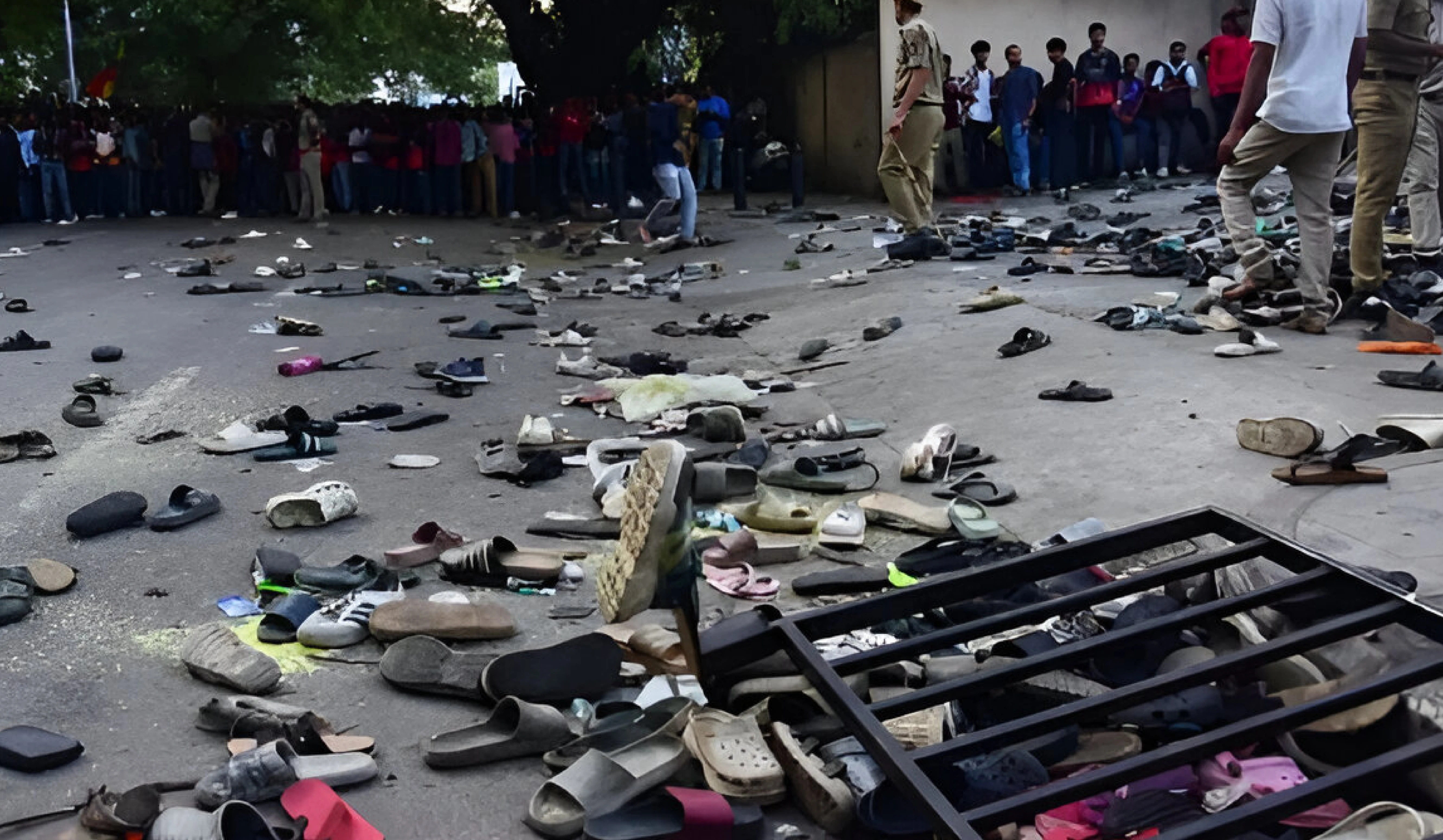A stampede or crushing occurs when a sudden crowd surge arises due to real or perceived danger or loss of space.
- The National Disaster Management Authority (NDMA) categorizes stampedes as man-made disasters.
- In recent past India is witnessing a rapid surge in stampedes, such as: Bengaluru (RCB’s IPL win celebrations), New Delhi railway station (rush for Kumbh Mela), Prayagraj (Kumbh Mela stampede), etc.
Why is India so susceptible to Stampedes?
- Lack of Accountability and Enforcement: Event venues often exceed safe capacity limits, inadequate infrastructure (e.g. barricades), reflecting weak administrative oversight and poor enforcement of safety norms.
- Poor Planning and Coordination: Absence of integrated planning between local administration, police, and event organizers leads to confusion.
- Limited Use of Technology: Minimal deployment of real-time surveillance systems, crowd-density analytics, etc.
- Other factors: Rising pilgrimage culture due to rise in prosperity, congested urban spaces clubbed with high population density, panic triggering, poorly trained personnel, delays in rescue, etc.
Way Forward
- Use real-time monitoring with CCTV, Drones and digital tools to track crowd flow and alert authorities quickly as recommended by NDMA.
- Limit entry through registration and online passes to manage crowd size at major gatherings.
- Ensuring accountability of both organisers and administration for not following safety norms and managing crowds responsibly.
- Improve infrastructure with wider pathways, clear exits, and better safety facilities.
NDMA Guidelines on Managing Crowd
|





